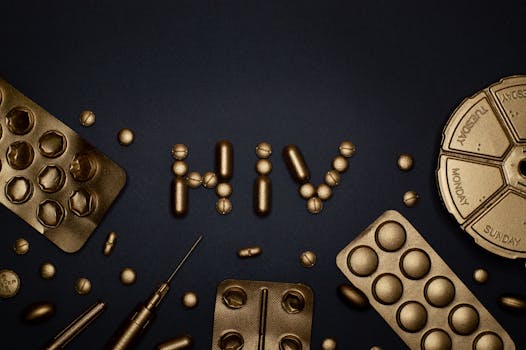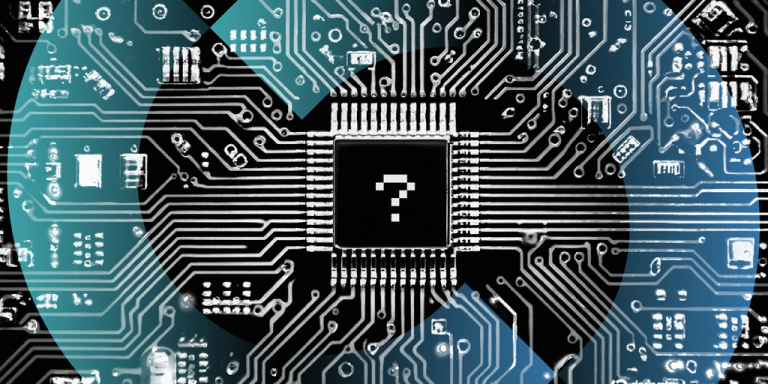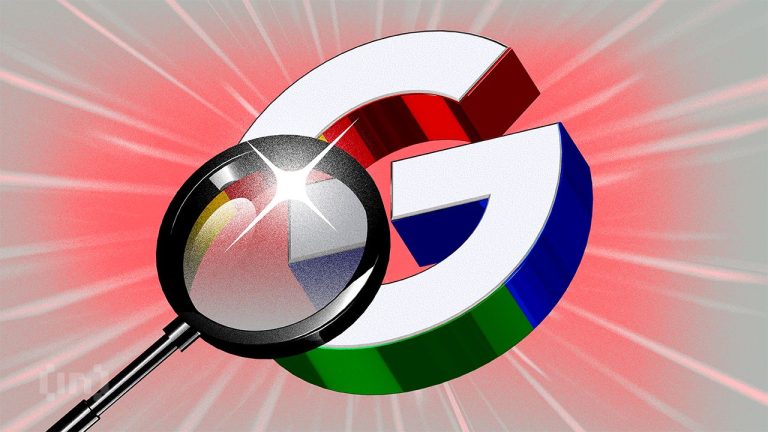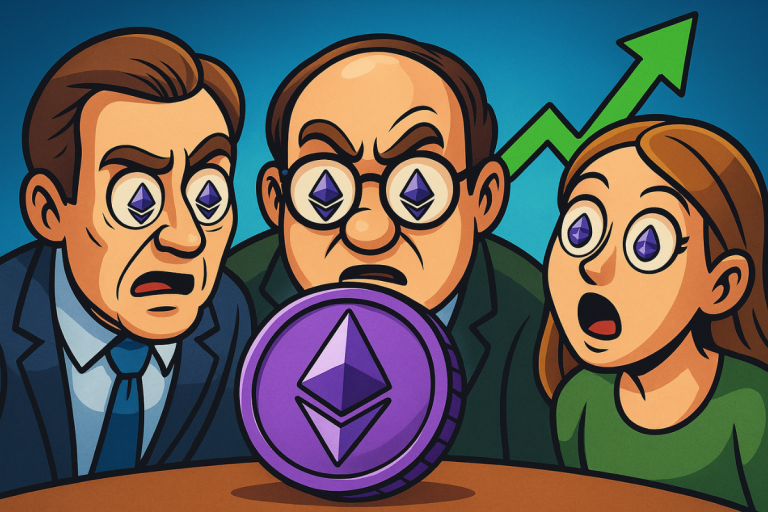
The Science Behind Vaccines and Public Health

The science behind vaccines has been a cornerstone of vaccines and public health, saving millions of lives and preventing the spread of infectious diseases. Vaccines have been widely recognized as one of the most effective ways to prevent the spread of infectious diseases, and their impact on public health cannot be overstated. In this article, we will delve into the world of vaccines, exploring how they work, their history, and the impact on public health.
How Vaccines Work
Vaccines work by introducing a small, harmless piece of a virus or bacteria to the body, which triggers the immune system to produce antibodies. These antibodies then recognize and attack the virus or bacteria, preventing it from causing illness. There are several types of vaccines, including inactivated vaccines, live attenuated vaccines, and conjugate vaccines. Each type of vaccine has its own unique characteristics and is used to prevent different types of diseases.
A Brief History of Vaccines
The history of vaccines dates back to the late 18th century, when Edward Jenner developed the first vaccine against smallpox. Since then, vaccines have been developed against a wide range of diseases, including measles, mumps, rubella, and polio. The development of vaccines has been a long and challenging process, with many scientists and researchers working tirelessly to create effective and safe vaccines.
Impact on Public Health
The impact of vaccines on public health has been significant. Vaccines have been responsible for the eradication of smallpox, a disease that once killed millions of people worldwide. Vaccines have also been instrumental in controlling the spread of other diseases, such as measles and polio. According to the World Health Organization (WHO), vaccines have saved millions of lives and prevented countless cases of illness and disability.
Benefits of Vaccination
There are many benefits to vaccination, including the prevention of serious and potentially life-threatening diseases. Vaccination also helps to protect not only the individual who receives the vaccine but also the community as a whole. By preventing the spread of infectious diseases, vaccines help to reduce the risk of outbreaks and epidemics. Additionally, vaccines have been shown to have a positive impact on the economy, reducing the number of missed workdays and healthcare costs associated with infectious diseases.
Common Misconceptions About Vaccines
Despite the many benefits of vaccination, there are still many misconceptions about vaccines. One of the most common misconceptions is that vaccines are not safe. However, vaccines are thoroughly tested and monitored for safety before they are licensed for use. Another misconception is that vaccines are not effective. However, vaccines have been proven to be highly effective in preventing the spread of infectious diseases.
Conclusion
In conclusion, the science behind vaccines and public health is a fascinating and complex field that has had a significant impact on our world. Vaccines have been responsible for saving millions of lives and preventing the spread of infectious diseases. By understanding how vaccines work, their history, and the impact on public health, we can appreciate the importance of vaccination and the role it plays in protecting not only our own health but also the health of our communities.





